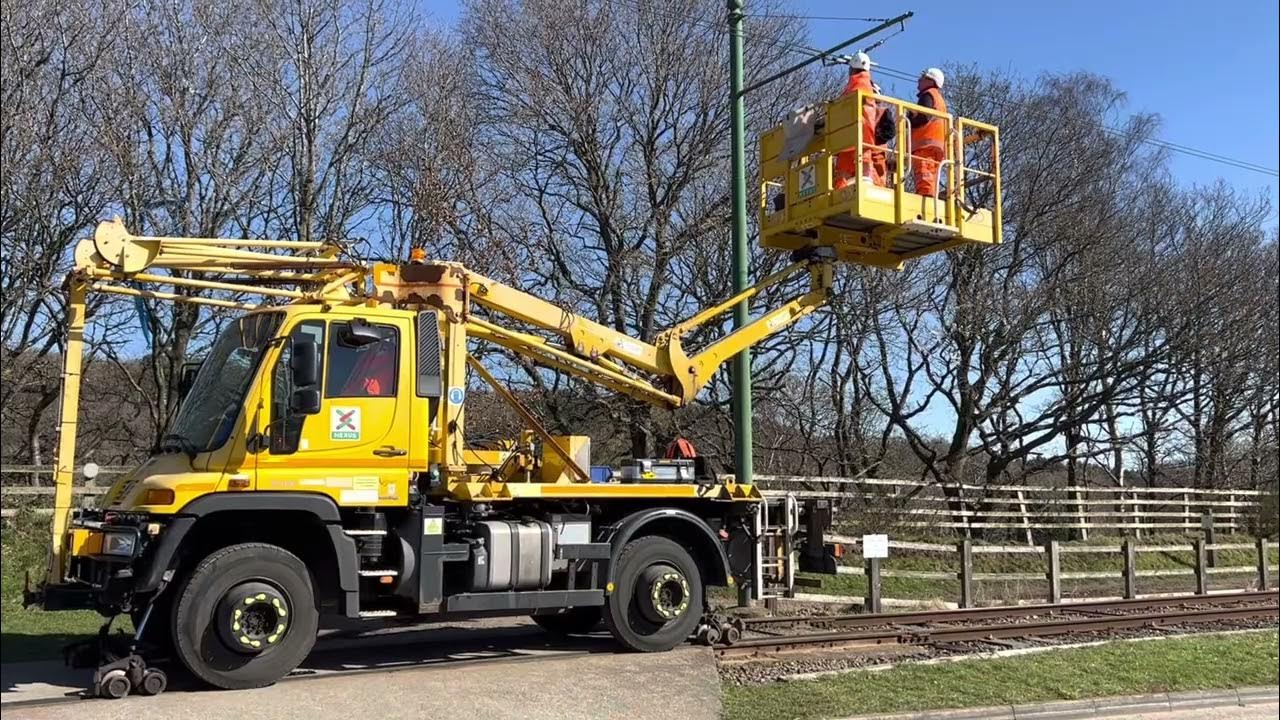28th March 2023
Railfuture marks Beeching anniversary by campaigning for reopenings
Class 150
Campaign group Railfuture is marking the sixtieth anniversary of the Beeching report by celebrating the efforts of campaigners to reopen closed lines and stations.
Hundreds of rail stations and thousands of miles of rail line were closed across Britain in the wake of the infamous report sixty years ago yesterday (27 March).
However, since then, scores of stations and hundreds of miles of track are being re-opened, mostly thanks to the efforts of dogged campaigners including Railfuture's members past and present.
The first Beeching station closure was Washington, County Durham, in early-September 1963, less than six months after the report was published.
The first, and without a doubt the fastest, re-opening of a Beeching station closure was Dunlop, East Ayrshire.
Closed on 7 November 1966, it reopened just seven months later on 8 June 1967, thanks to a storm of local protest and national press coverage!
The first brand new post-Beeching station was Garston, Hertfordshire, in February 1966.
Railfuture was known as the Railway Development Society until 2000, and before that, predecessor organisations campaigned against line and station closures in the immediate post-Beeching era, and more recently and for lines and stations to be opened or re-opened.
Railfuture is an independent, national and exclusively pro-rail, membership campaign.
Those strengths have now seen six decades of dividends paid with over four hundred stations and over one hundred lines and links restored or added to the national rail network.
Many marginalised communities have been reconnected, with improved travel choice and increased transport capacity, and reduced road congestion and carbon emissions.
Its work is supported by the government's New Stations Fund and more recently the Restoring Your Railway Fund. Through its fourteen regional branches and hundreds of individual and affiliated members, it boasts that it generates “personal activity and hands-on engagement in the often arduous yet ultimately rewarding processes of building a bigger better railway”.
Railfuture co-published ‘Expanding the Railways – how to develop and deliver a proposal', a campaigning guide endorsed by the Department for Transport.
You can register your support for Restoring Your Railway – line or station by
clicking here.





















 , area of the Train Shed.
, area of the Train Shed. 


























